Creating the Constitution: Representation in Congress
The Constitutional Convention was arguably the most important meeting in our nation’s history. It was there our Founders framed the revolutionary form of government that was to shape America, as well as many other nations around the globe. But it was not without its detractors and disagreements.
Given the diverse group of delegates gathered in Philadelphia that summer of 1787, it is not surprising there were disagreements. There were those who favored a strong federal government, including the chief executive, while others feared it. Some owned slaves, but the majority did not. Large states were represented as well as the small (although the smallest, Rhode Island, refused to send a contingent).
As the delegates discussed and debated the various issues, it was clear that to accomplish their goal of creating a form of government which would strengthen the country, compromise was needed on all sides and that is just what they did.
The first issue to arise was how to structure the federal government. Should representation in Congress be based on a state’s population or should each state be equally represented regardless the number of people living there?
The Virginia Plan, crafted by James Madison and put forth by Edmund Randolph, then governor of Virginia, proposed two houses of Congress, but for representation in both to be based on population, clearly favoring the larger states. Not surprisingly, Virginia was the most populous state in America.
The New Jersey Plan, submitted by William Paterson, a New Jersey statesman, called for only one house of Congress and representation in it to be one vote per state. This plan essentially viewed each state as an independent entity and, therefore, should have equal voting power in Congress regardless of its population. This plan favored the smaller states.
To address this disagreement, a Committee of Eleven (one delegate from each state represented at that time) met and crafted the Connecticut Compromise (or Great Compromise). This proposal called for two legislative chambers of Congress in which the House of Representatives would have proportional representation based on population and the Senate would have equal representation for each state.
WHY IT MATTERS
So why should this Great Compromise matter to us today? For one thing, it is a teaching moment about how different sides can reconcile their differences if they are both willing to give a little and always keep the major common goal in mind. After all, a good compromise is when neither side is completely satisfied.
As Benjamin Franklin said at the time, “I agree to this Constitution, with all its faults, if they are such; because I think a General Government necessary for us” and that he consented to it “because I expect no better (to be created) and, because I am not sure that it is not the best”.
Secondly, as is often the case, this compromise, which broke the impasse between the large and small states, engendered a sense of oneness of purpose and led to compromises on other key issues such as what to do about slavery and whether or not to count the slaves when determining a state’s population.
SUGGESTED READING
If you want to learn more, a wonderful book on this subject, as well as the entire Constitutional Convention, is “Miracle in Philadelphia” written in 1966 by Catherine Drinker Bowen. It contains many firsthand accounts of the discussions that helped to create the Constitution and, consequently, our great nation.
PLACES TO VISIT
Federal Hall National Memorial, located on Wall Street in New York City, is a wonderful place to visit when seeing the Big Apple. It is where President Washington took his oath of office and was the first home to our Congress, Supreme Court, and Executive Branch offices and is billed as the “Birthplace of American Government”. This smallish, antique structure set amid the colossal skyscrapers of modern day New York is a reminder to us today of our nation’s humble, but noble beginnings, and vividly points out that what we have today is due in large measure to what our Founders did back then.
Until next time, may your motto be “Ducit Amor Patriae,” Love of country leads me.


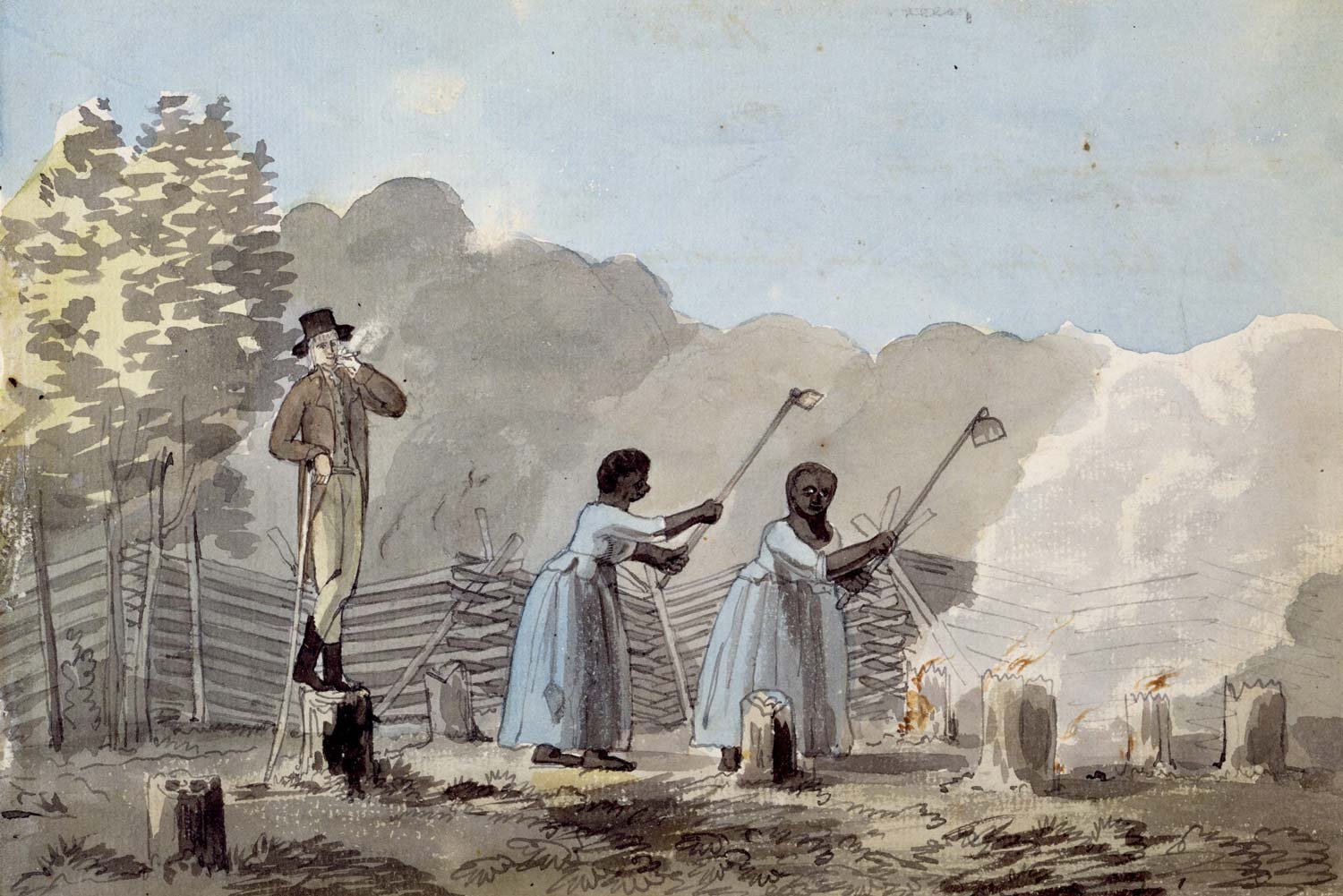
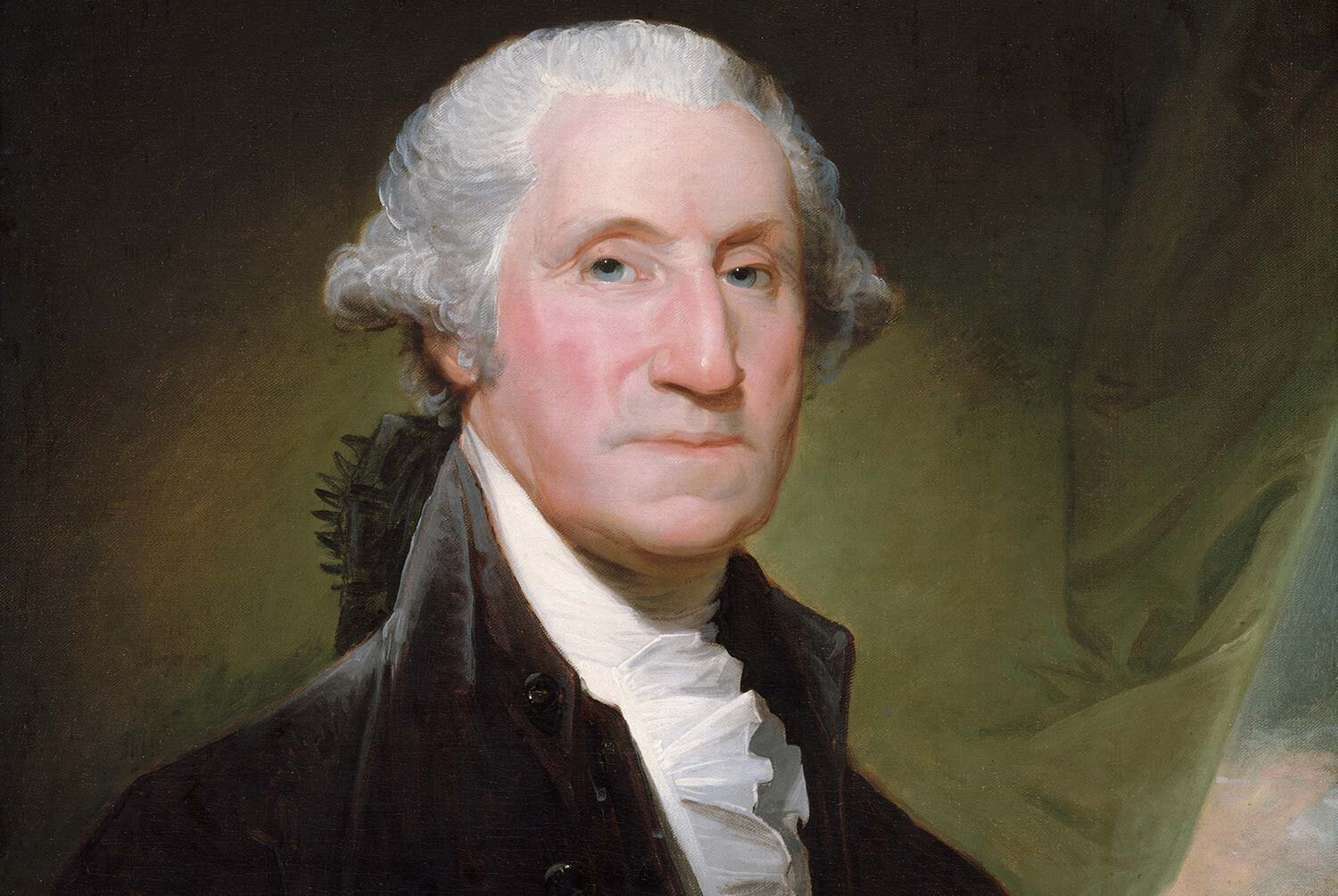

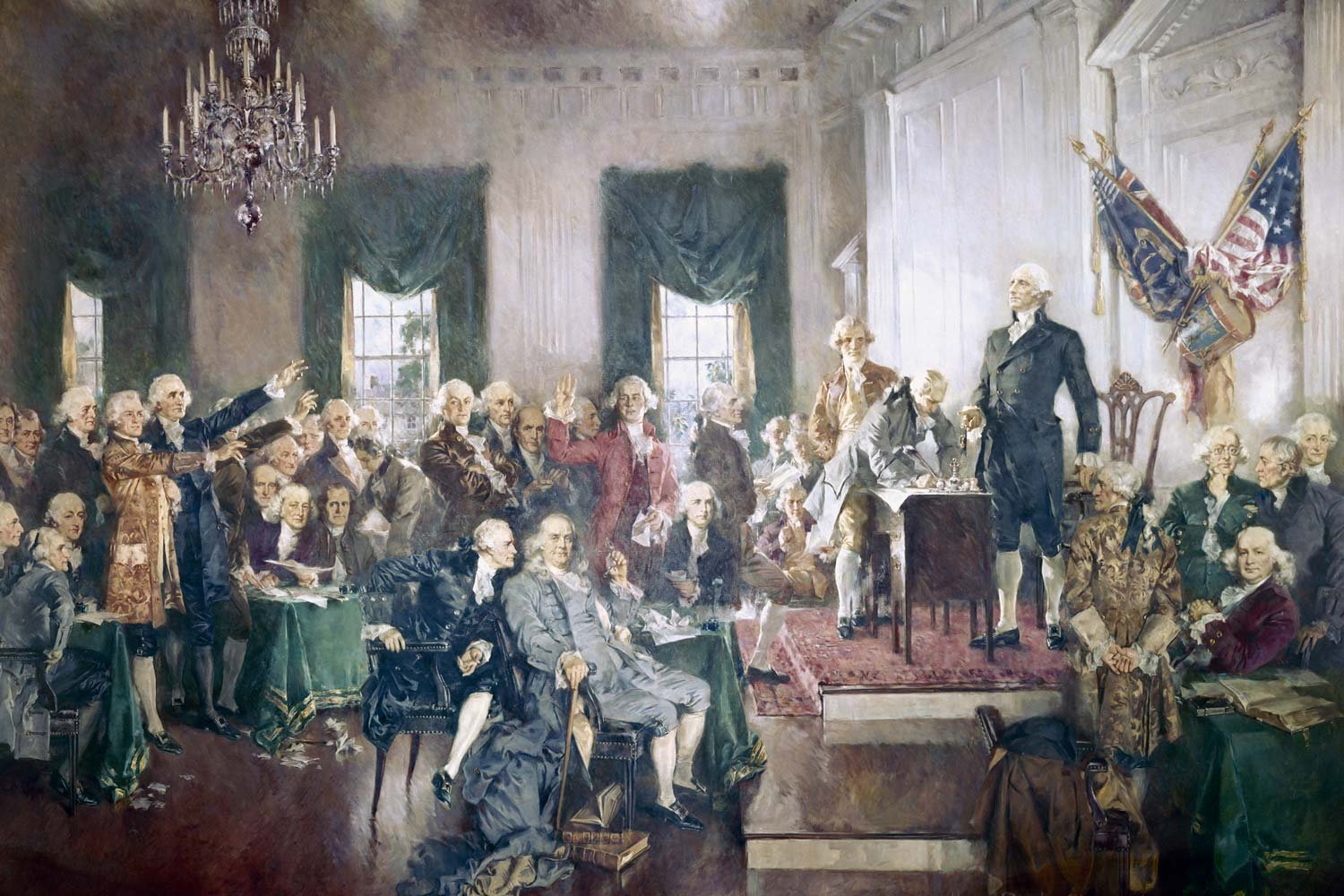
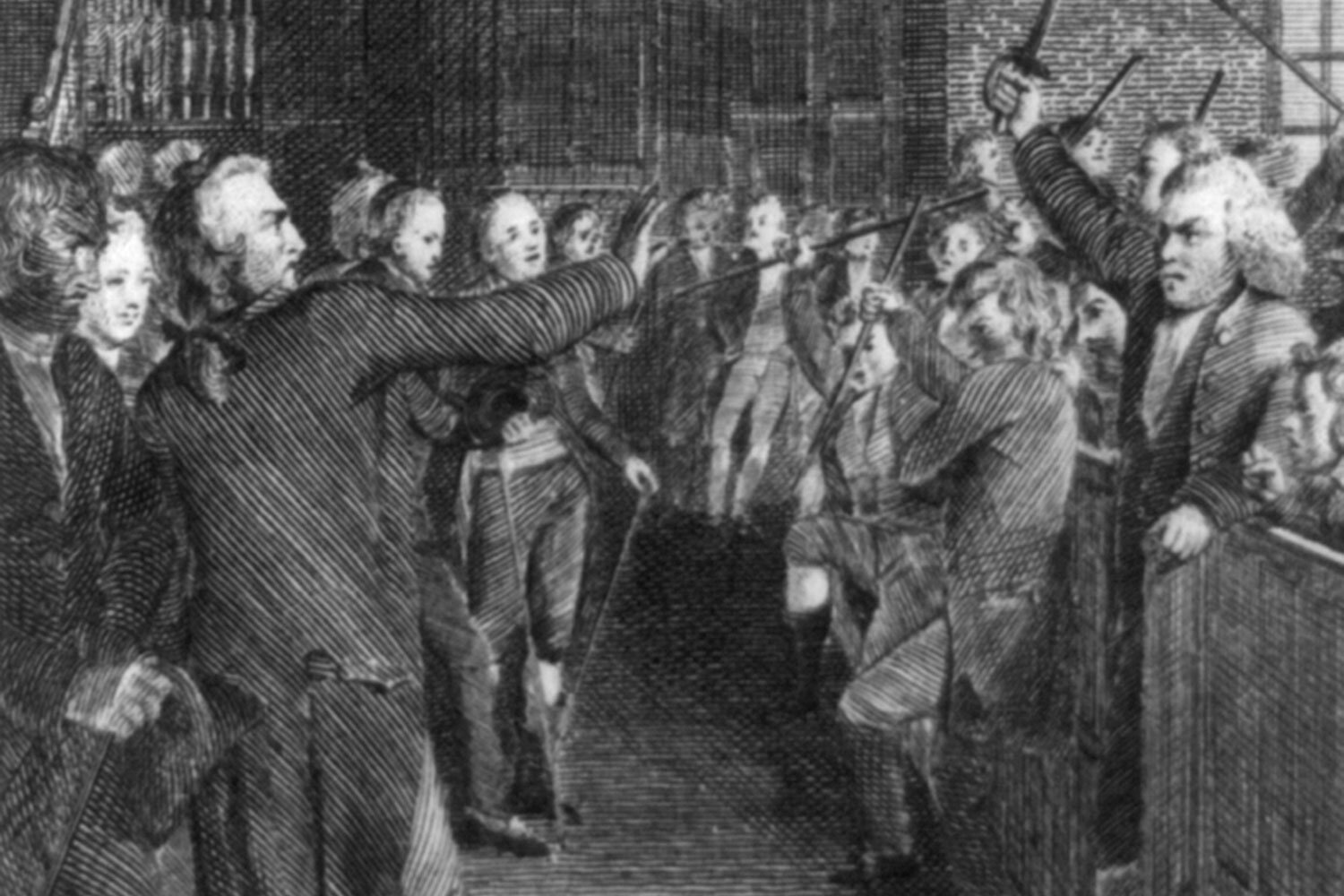



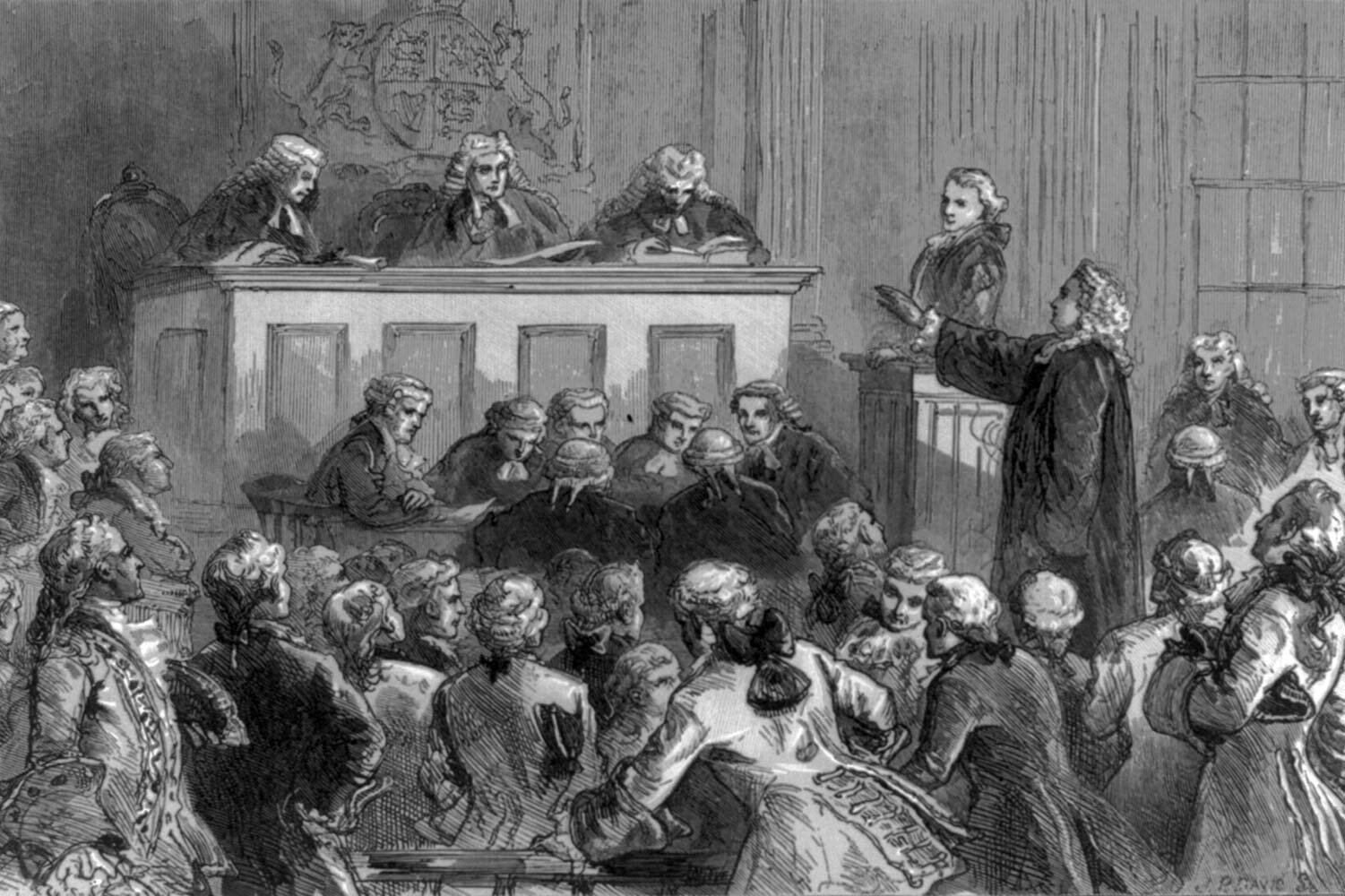
The opening phrase of the preamble, “We the People,” spoke volumes regarding upon whose authority the Constitution rested and suggested the unanimity of country and purpose that this new Constitution would create. It was written by Gouverneur Morris, a delegate from New York, and his eloquent words speak for themselves.